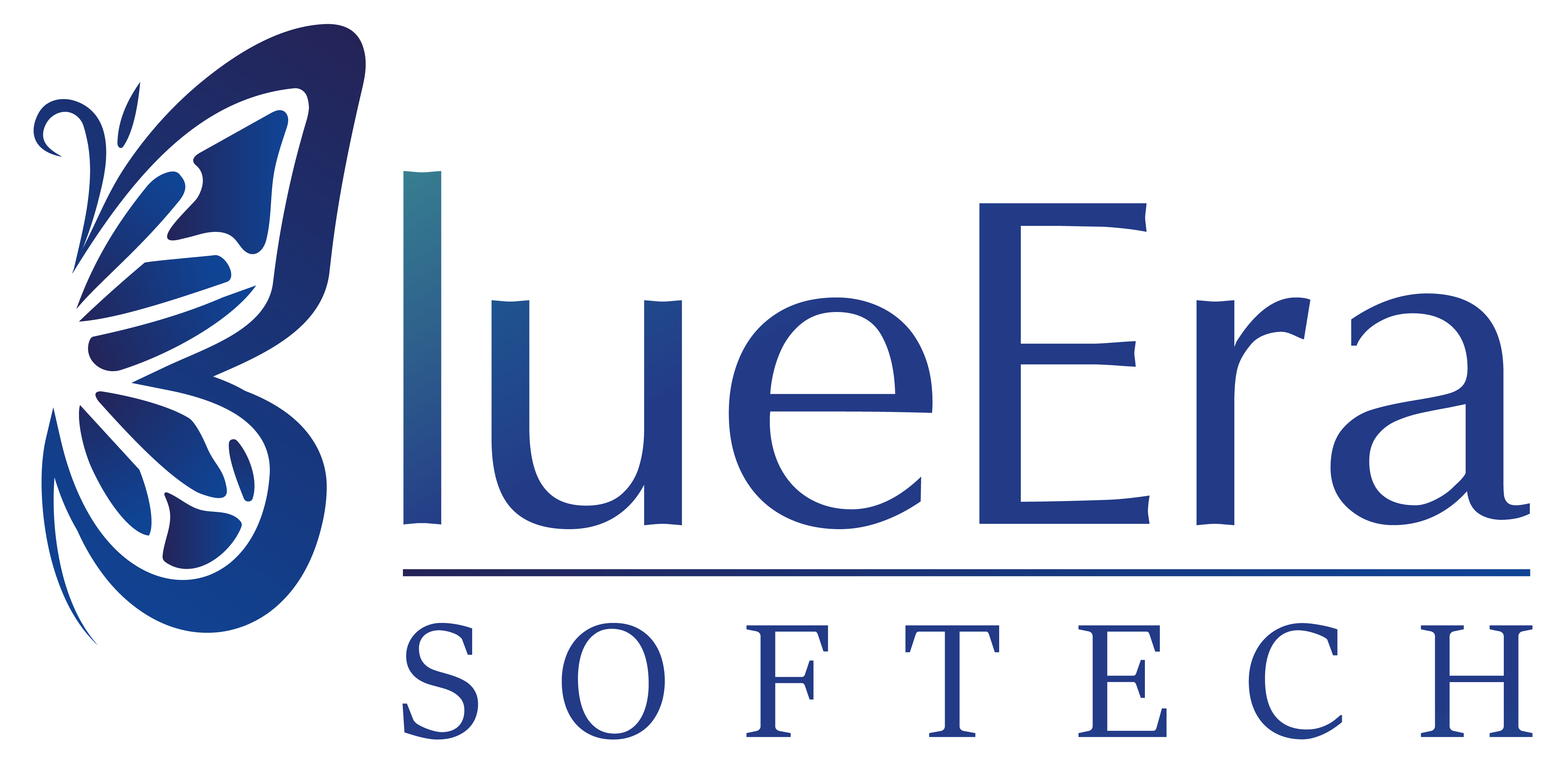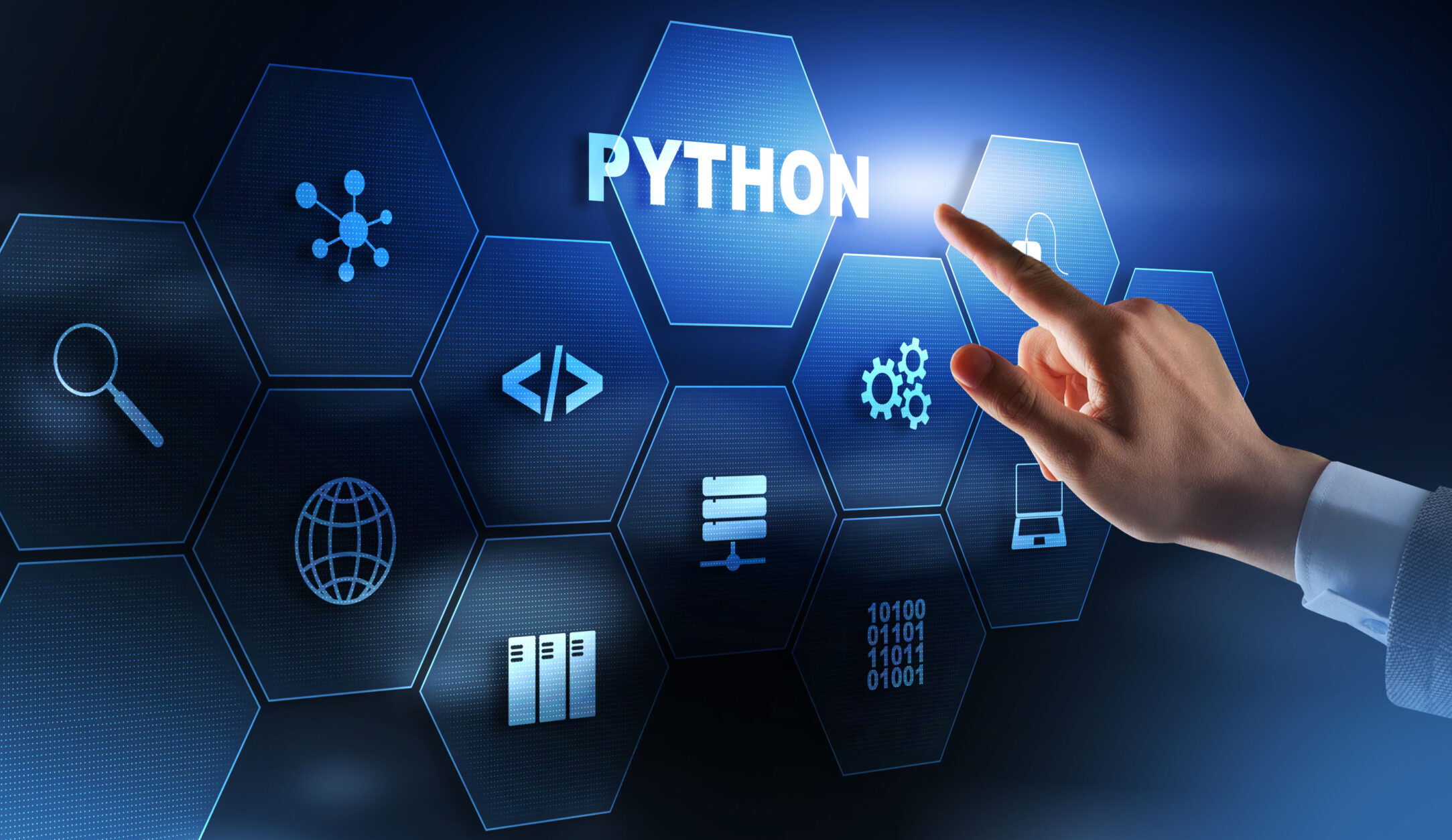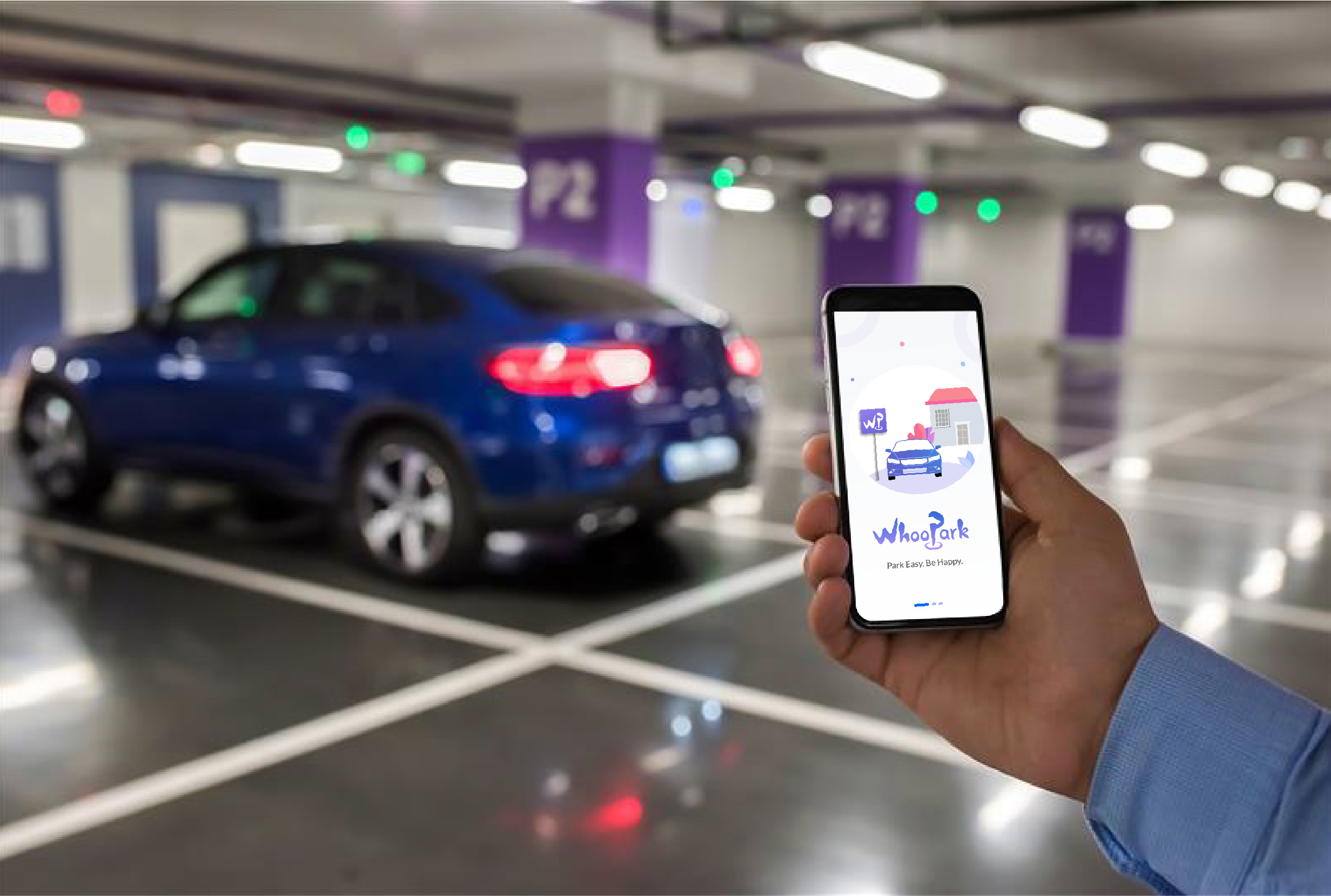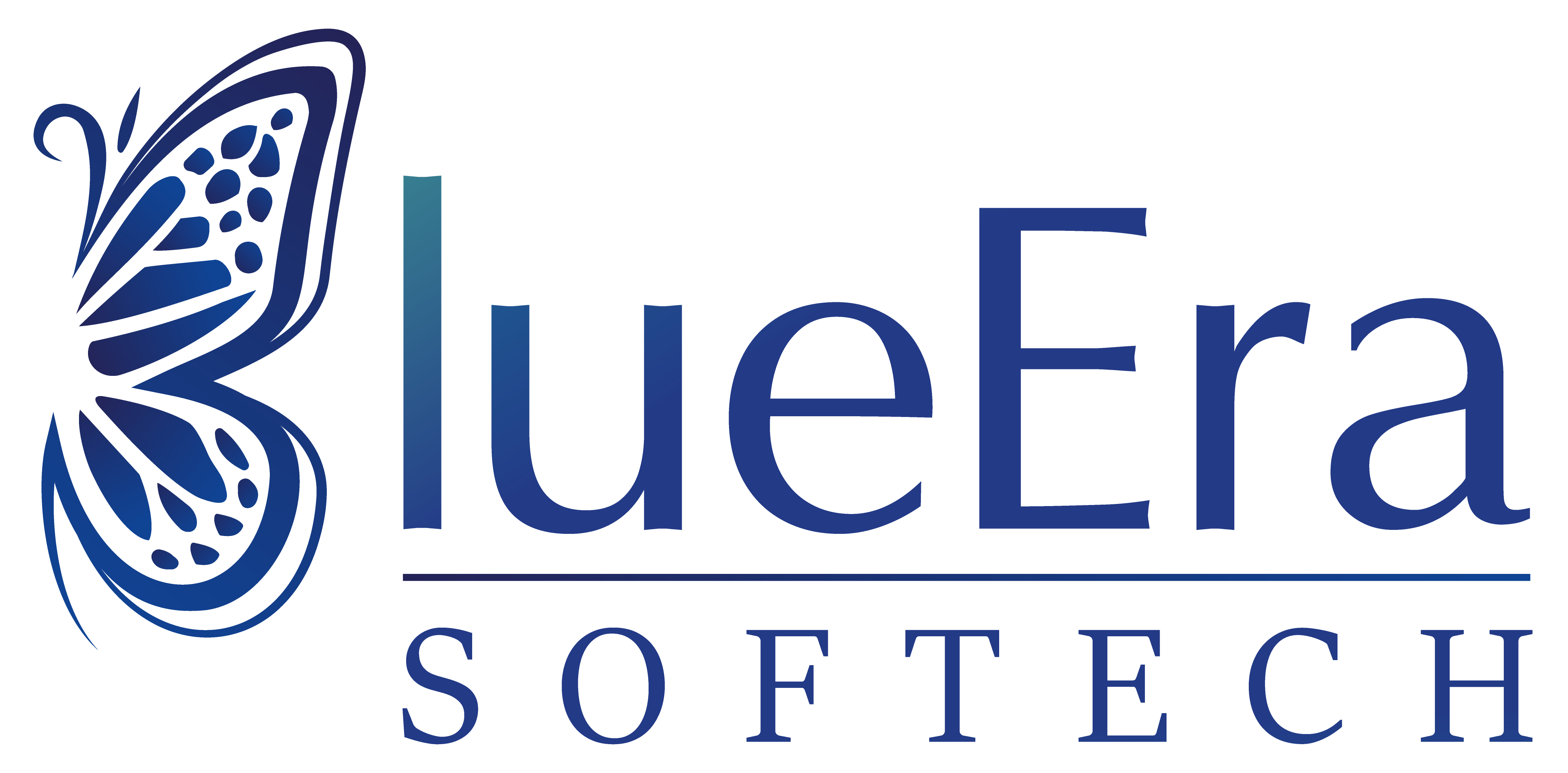- Our Edge
Leading Tech Offerings for
Solution
An UiPath and Python RPA based automates data extraction, Excel creation, and billing portal order submission with error handling.
Solution
Built on AWS, this scalable platform integrates mobile and contact center systems for real-time health data and patient interaction.
Solution
A Python-Django based platform on AWS enables efficient video uploads, processing, and retrieval with automated, asynchronous workflows.
Solution
A mobile app for seamless control of indoor and outdoor LED lighting with themes, scheduling, and device grouping.
Solution
Advanced tracking for Shopify, Webflow, and WordPress using browser and server-side methods with platform-wide integrations.
Solution
A dual-role platform to instantly find or list parking spots with real-time availability, price comparison, and easy booking.
Solution
Integrates with Time & Attendance and Access Control systems to send real-time updates, alerts, and summaries via WhatsApp.
- Smart Solutions
- Insights
- Careers
- Contact
Have Any Questions?
+91 99788 34345
- Our Edge
Leading Tech Offerings for
Solution
An UiPath and Python RPA based automates data extraction, Excel creation, and billing portal order submission with error handling.
Solution
Built on AWS, this scalable platform integrates mobile and contact center systems for real-time health data and patient interaction.
Solution
A Python-Django based platform on AWS enables efficient video uploads, processing, and retrieval with automated, asynchronous workflows.
Solution
A mobile app for seamless control of indoor and outdoor LED lighting with themes, scheduling, and device grouping.
Solution
Advanced tracking for Shopify, Webflow, and WordPress using browser and server-side methods with platform-wide integrations.
Solution
A dual-role platform to instantly find or list parking spots with real-time availability, price comparison, and easy booking.
Solution
Integrates with Time & Attendance and Access Control systems to send real-time updates, alerts, and summaries via WhatsApp.
- Smart Solutions
- Insights
- Careers
- Contact
Have Any Questions?
+91 99788 34345
- Our Edge
Leading Tech Offerings for
Solution
An UiPath and Python RPA based automates data extraction, Excel creation, and billing portal order submission with error handling.
Solution
Built on AWS, this scalable platform integrates mobile and contact center systems for real-time health data and patient interaction.
Solution
A Python-Django based platform on AWS enables efficient video uploads, processing, and retrieval with automated, asynchronous workflows.
Solution
A mobile app for seamless control of indoor and outdoor LED lighting with themes, scheduling, and device grouping.
Solution
Advanced tracking for Shopify, Webflow, and WordPress using browser and server-side methods with platform-wide integrations.
Solution
A dual-role platform to instantly find or list parking spots with real-time availability, price comparison, and easy booking.
Solution
Integrates with Time & Attendance and Access Control systems to send real-time updates, alerts, and summaries via WhatsApp.
- Smart Solutions
- Insights
- Careers
- Contact
Have Any Questions?
+91 99788 34345
Why Low-Code CMS is the Future of Web Experience Management
Table of contents
Let's talk
Reach out, we'd love to hear from you!
Recent Posts

In an era where digital presence can make or break a business, the ability to deliver fast, visually appealing, and functional websites is paramount. The rapid evolution of technology has shifted consumer expectations, demanding seamless user experiences, personalized content, and quick deployment cycles. Traditional Content Management Systems (CMS) have long been the backbone of web development, but their reliance on extensive coding and prolonged development timelines often hinders agility. Enter low-code CMS—a game-changing solution that combines design flexibility with accelerated development speed. This detailed blog delves into why low-code CMS is poised to redefine web experience management, offering a comprehensive look at its evolution, benefits, and future potential.
The Evolution of CMS
The journey of CMS platforms began with basic tools designed to simplify content publishing for non-technical users. Early systems like WordPress and Drupal revolutionized web management by offering customizable templates and plugins. However, as websites grew in complexity—integrating e-commerce, multimedia, and dynamic content—these platforms required significant coding expertise and third-party developer intervention. This created bottlenecks, especially for businesses needing rapid updates or unique designs tailored to specific campaigns.
Low-code CMS platforms mark the next evolutionary step. Built on the principle of minimizing manual coding, these systems leverage intuitive drag-and-drop interfaces, pre-configured modules, and visual design tools. This shift allows marketing teams, designers, and even small business owners to take control of their digital assets without being tethered to development queues. The result is a more inclusive, efficient approach to web management that aligns with the fast-paced demands of the modern digital landscape.
Why Low-Code CMS Stands Out
Low-code CMS platforms distinguish themselves through a blend of accessibility, efficiency, and innovation. Here’s a deeper dive into their standout features:
- Speed of Development: Traditional CMS development can take weeks or months, involving multiple stages of coding, testing, and deployment. Low-code CMS platforms, however, utilize pre-built templates, reusable components, and automated workflows. For example, a marketing team can create a landing page for a product launch in a matter of hours, significantly reducing time-to-market and enabling quicker responses to trends or competitor moves.
- Design Flexibility: One of the biggest limitations of traditional CMS is the rigidity of design options, often requiring custom code for unique layouts or branding. Low-code CMS counters this with robust visual editors that allow real-time customization of colors, fonts, and layouts. This empowers creative teams to experiment with designs that reflect brand identity while maintaining consistency across multiple pages.
- Empowerment Across Teams: The traditional CMS model often silos responsibilities, with developers handling technical tasks and marketers managing content. Low-code CMS bridges this gap by providing a unified platform where all teams can collaborate. Marketers can adjust content, designers can tweak visuals, and IT can oversee integrations—all within the same ecosystem. This democratization reduces dependency on specialized resources and fosters a more agile workflow.
- Cost Efficiency: Hiring skilled developers for every website update or redesign can strain budgets, particularly for small to medium enterprises (SMEs). Low-code CMS lowers these costs by reducing the need for extensive coding. The availability of scalable pricing models and cloud-based solutions further enhances affordability, making high-quality web experiences accessible to organizations of all sizes.
Key Benefits for Web Experience Management
Low-code CMS doesn’t just streamline development—it transforms how businesses manage and deliver web experiences. Here are the key advantages in detail:
- Real-Time Updates: In industries like retail or education, timely content updates are critical. Low-code CMS enables real-time modifications, such as updating a flash sale banner or a course registration deadline, without waiting for developer availability. This responsiveness keeps websites relevant and engaging.
- Seamless Scalability: As businesses grow, their digital needs evolve. Low-code platforms are designed to scale effortlessly, supporting increased traffic, additional features, or multi-language sites. For instance, an e-commerce business can expand its product catalog or enter new markets without overhauling its CMS infrastructure.
- Personalized Content Delivery: With integrations for AI and analytics, low-code CMS platforms can deliver tailored experiences based on user behavior. A visitor browsing sports gear might see personalized recommendations, while another interested in outdoor equipment gets a different layout. This level of customization enhances user satisfaction and boosts conversion rates.
- Personalized Content Delivery: With integrations for AI and analytics, low-code CMS platforms can deliver tailored experiences based on user behavior. A visitor browsing sports gear might see personalized recommendations, while another interested in outdoor equipment gets a different layout. This level of customization enhances user satisfaction and boosts conversion rates.

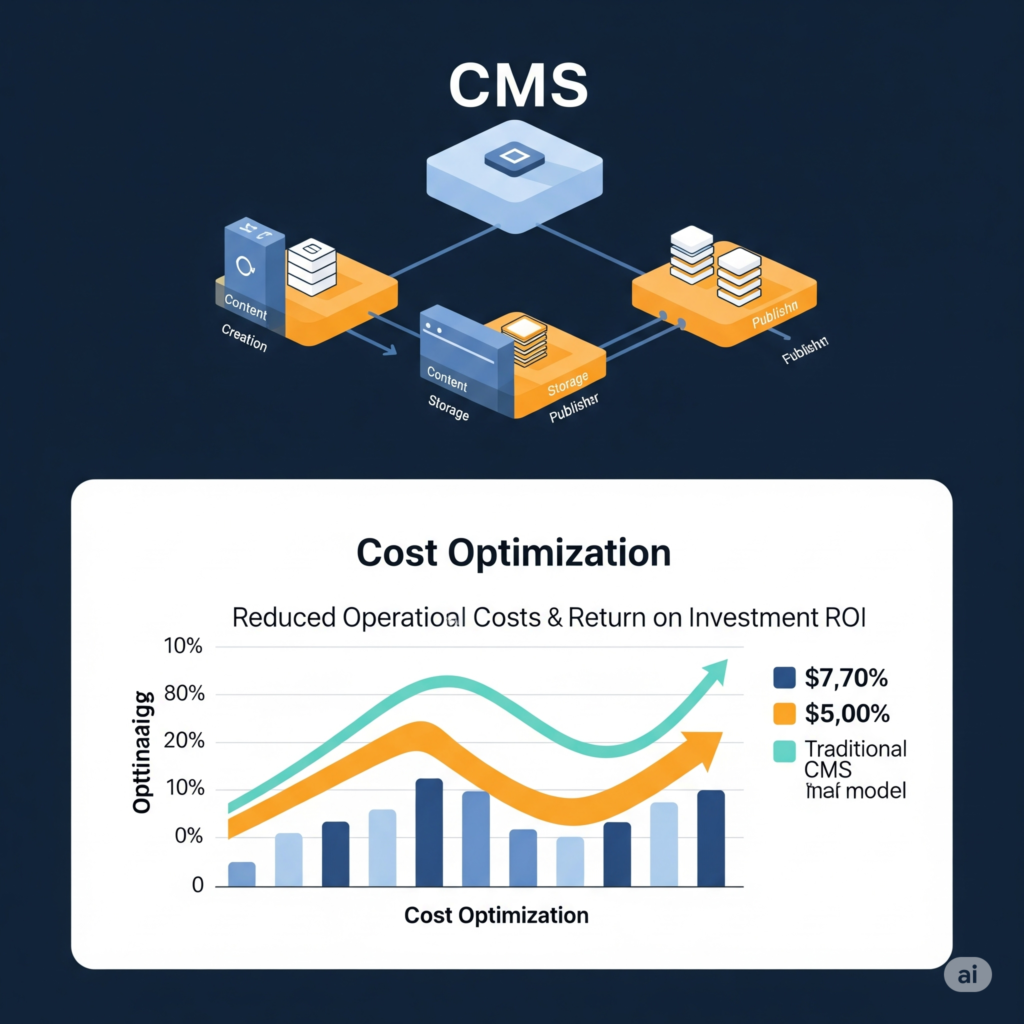
The Future is Now
The adoption of low-code CMS aligns with broader digital transformation trends. As of July 2025, the integration of artificial intelligence, machine learning, and cloud computing is pushing these platforms to new heights. AI-driven tools can suggest content layouts, predict user preferences, and automate routine tasks, further reducing manual effort. Cloud-based deployment ensures scalability and accessibility, while mobile-first design caters to the growing number of users accessing websites via smartphones.
Moreover, the rise of headless CMS architectures—where the frontend and backend are decoupled—complements low-code platforms, enabling omnichannel experiences across websites, apps, and IoT devices. This flexibility positions low-code CMS as a future-proof solution, capable of adapting to emerging technologies like augmented reality (AR) or voice search.
Challenges and Considerations
While the benefits are compelling, low-code CMS isn’t without challenges. Organizations must ensure proper training to maximize platform usage, and IT teams should monitor security and compliance, especially for sensitive data. Vendor lock-in is another consideration, as migrating away from a specific platform can be complex. However, with careful planning and selection of a robust provider, these hurdles can be mitigated.
Conclusion:
he fusion of design and speed in low-code CMS is revolutionizing web experience management. By breaking down technical barriers, accelerating development cycles, and empowering diverse teams, these platforms enable businesses to deliver exceptional digital experiences with unprecedented efficiency. As consumer expectations continue to evolve and technology advances, adopting low-code CMS will be a strategic imperative for organizations aiming to thrive in the competitive online landscape. The future is here—embrace it with low-code CMS and redefine your digital presence.
Tags:
tags custom
Share the post:
Let us help you get your project started.
BlueEra Softech – IT Solutions & Services WordPress Theme is a modern theme, designed for companies providing IT services and technology solutions. With a professional interface, powerful features, WooCommerce integration, and SEO optimization, BlueEra Softech helps businesses build impressive and easily customizable websites.
Contact:
